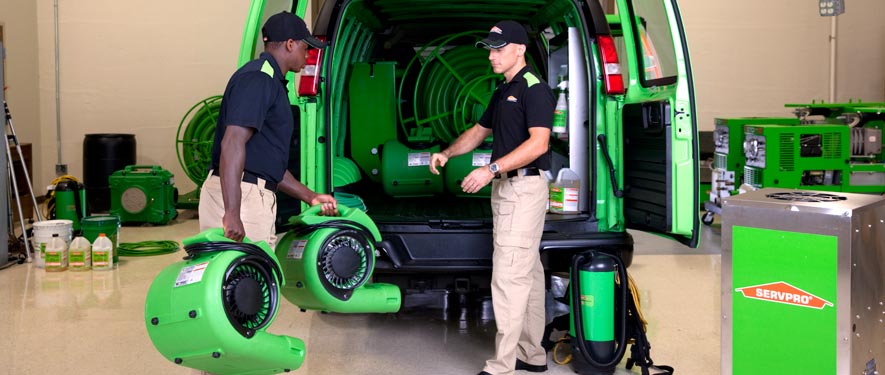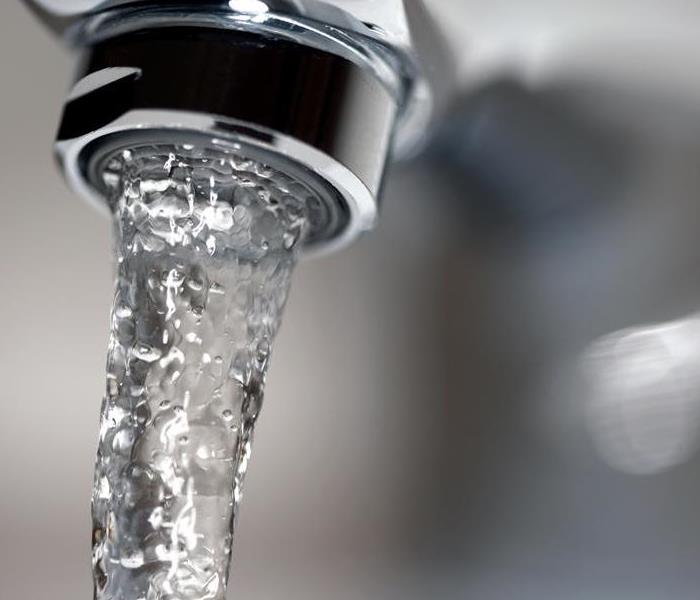
The Water Damage Restoration Process
Here in Vermont, there are a wide array of variations in not only types of water damage, but of building types and materials used to construct said buildings. Our repair process for water damage begins with an on site assessment, and based on the category of water, we proceed accordingly. For most clean water intrusions, our company focuses on removing the standing water and preserving the structural materials as much as possible with the use of dehumidifiers and fans. Keeping the building in tact as much as possible is both beneficial to the homeowners and to the corresponding insurance companies. This is why it is so important to contact a restoration professional as soon as you notice water where it doesn't belong.
The category of water, based on the IICRC standards changes every 24 hours. Meaning a clean water loss can be considered "grossly contaminated" if left to sit for too long. Where water that intrudes a house that is a result of an outdoor flood or sewage we consider Category 3 water and may include a more drastic approach to drying. Most non-structural, porous materials such as drywall and flooring need to be removed in some of these instances to ensure the correct decontamination from bacteria and remaining pathogens prior to the drying process. This process usually includes Personal Protective equipment and a more careful approach to the remediation for the protection of both the building owners and the employees.
Water or Flood Damage?
Call Today – (802) 497-1101
Every water damage event is a little different and requires a unique solution, but the general process stays the same. You can click on any of the steps below to learn more about that process.
Step 1 - Emergency Contact
The restoration process begins when you call us. Our representative will guide you through the crisis and may ask several questions to help us better understand the equipment and resources.
Step 2 - Inspection and Water Damage Assessment
We determine the scope of your water damage at this stage. We inspect and test to determine the extent of damage and how far the moisture has traveled to ensure proper and complete restoration.
Step 3 - Water Removal / Water Extraction
The water removal process begins almost immediately and removes the majority of the water. We use powerful pumps and vacuum units to quickly remove hundreds or thousands of gallons from your property, which helps prevent secondary water damage and mold growth.
Step 4 - Drying and Dehumidification
We use specialized equipment to remove the remaining water that is harder to access. Our Professionals will use room measurements, temperature, and relative humidity to determine the optimal number of air movers and dehumidifiers needed to dry your home or business.
Step 5 - Cleaning and Sanitizing
We clean all of the restorable items and structures damaged by the water. We are adept at cleaning contents using a number of techniques. Our professionals are trained to provide sanitizing treatments and to remove odors and deodorize your property.
Step 6 - Restoration
Restoration is the process of restoring your home or business to its pre-water damage condition. Restoration may involve minor repairs, such as replacing drywall and installing new carpet, or may entail major repairs, such as the reconstruction of various areas or rooms in a home or business.

 24/7 Emergency Service
24/7 Emergency Service



